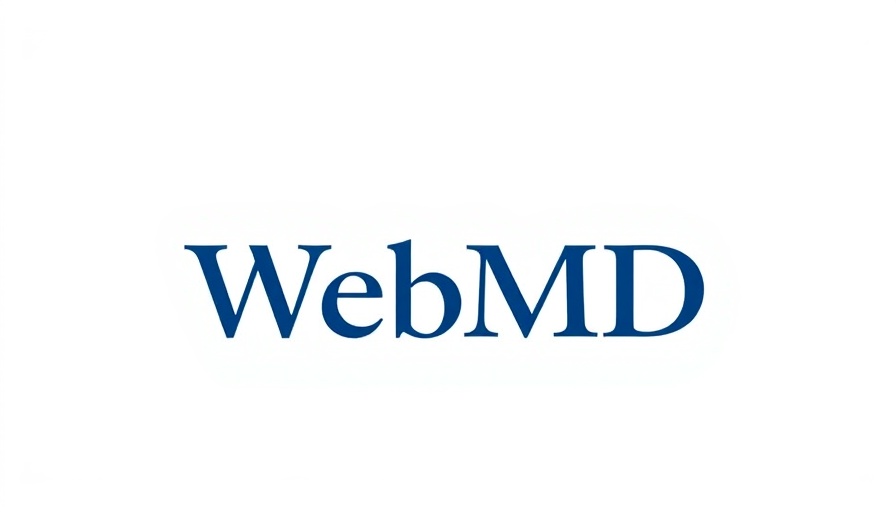
The Dawn of a New Treatment for Allergies
The FDA's recent approval of the nasal spray Neffy, specifically designed for children aged four and older, marks a significant advancement in the treatment of severe allergic reactions. Unlike traditional epinephrine injections, Neffy offers a non-invasive solution that can be a game changer for parents and caregivers of children who face the dangers of anaphylaxis— a severe and potentially life-threatening allergic reaction.
Understanding Anaphylaxis and its Risk Factors
Anaphylaxis can occur within minutes of exposure to allergens, such as certain foods, medications, or insect stings. Symptoms include hives, swelling, nausea, and in severe cases, difficulty breathing and loss of consciousness. For years, the standard response to anaphylactic shocks involved administering injectable epinephrine, a process often feared by children, which could lead to delays in treatment. Neffy is changing this narrative.
Neffy: A User-Friendly Alternative
The innovation of Neffy lies in its simplicity. With just one puff delivered into the nostril, it provides rapid treatment for allergic reactions. Clinical trials have shown that Neffy is as effective as traditional injectable epinephrine. This spray offers an important option for children, who may be reluctant to receive injections and thus might delay critical treatment.
Potential Side Effects: What Parents Should Know
While Neffy is considered safe for use, it does come with some common side effects, including nasal discomfort, headaches, and nausea. Parents are advised to carry two sprays, as a second dose might be necessary if symptoms persist or worsen. Being armed with a second dose can be crucial, as allergic reactions can be unpredictable.
The Importance of Accessibility and Prompt Treatment
Previous reports indicate that a lack of familiarity with injectable treatments often leads to hesitance in providing timely care during emergencies. The availability of a nasal spray that is easy for untrained individuals—like teachers and babysitters—to administer establishes a new standard for emergency allergy care. The design of Neffy addresses the emotional and physical challenges faced during allergic emergencies, ensuring a quicker response when every second counts.
Future Implications: Beyond Just Allergy Management
The approval of Neffy also presents a broader opportunity. By providing a needle-free option, the FDA's decision may encourage more families to seek diagnosis and treatment for allergies. With greater accessibility to life-saving medications, parents could be more inclined to manage their children's allergies proactively, leading to better quality of life.
Call to Action: Prepare and Equip for Your Child’s Safety
As Neffy becomes available by May, parents are encouraged to educate themselves about the symptom recognition of anaphylaxis and the correct use of the nasal spray. Engaging with healthcare providers to discuss allergy management strategies and understanding how to properly administer Neffy can empower families. Awareness and preparation can prevent potentially fatal allergic reactions and provide peace of mind while enjoying everyday activities.
 Add Row
Add Row  Add
Add 




Write A Comment